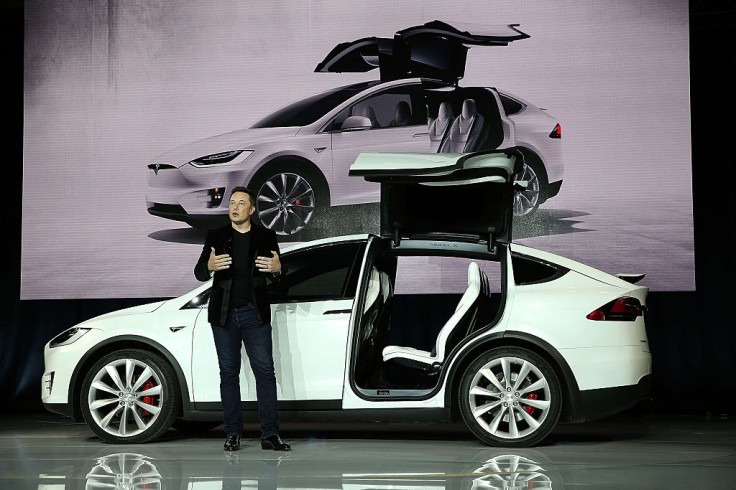
On April 17, the internet was flooded with the news of the Tesla autopilot crash incident. The investigators recovered the burnt remains of the EV and two victims from the site. Now, the latest preliminary findings finally explain whether the Tesla autopilot was active during the crash or not.
NBC reported that on April 17, 11:25 pm, officers receive a report on a vehicle accident on The Woodlands. The responding deputies found the vehicle fully engulfed in flames that appeared to have struck a tree. Preliminary investigations said that the car was traveling westbound and encountered a slight curve. However, the vehicle did not accommodate the curve and went straight through. Officers determined two dead bodies from the car. One was in the passenger seat while the other was in the back seat of the vehicle.
The car recovered was a 2019 Tesla Model S P100D. This immediately raised some questions on the vehicle's Autopilot function. After all, Tesla is a car manufacturer with advance hardware and software components, and it has made great discoveries in the Autopilot functions. As reported previously, Tesla CEO Elon Musk has denied claims that the Autopilot function was active during the car crash.
Further investigations might prove that the CEO is correct.
Tesla Crash Investigation Findings Revealed
The National Transportation Safety Board (NTSB) has officially released its finding in a PDF file here. The investigation identified the 59-year-old owner entering the driver seat and a 69-year-old entering the passenger seat. They left their house at 9:07 pm daylight time and traveled westbound on Hammock Dunes Place. The car traveled around 550 feet on the road before driving over the curb, hitting a drainage culvert, a raised manhole, and through a tree.
The crash damaged the front of the car's high-voltage lithium-ion battery case, resulting in the fire. The fire immediately destroyed the vehicle, including everything on board.
The 2019 Tesla Model S P100D was a vehicle equipped with an Autopilot function. However, to activate Tesla's advanced driver assistance system, Autopilot requires both Traffic Aware Cruise Control and the Autosteer Systems active. NTSB tested an exemplar car on the crash location and discovered that Traffic Aware Cruise Control could be engaged, but Autosteer was unavailable for that specific road.
Absence of Autosteer Feature
Tesla Autopilot is a feature that is under development until today. The company often releases multiple patch and software updates to improve the system and its services continuously. Tesla has consistently warned its drivers that Autopilot is not a self-driving system and requires its drivers to remain engaged, aware, and ready to take over whenever the system is engaged.
The Tesla autopilot crash incident has brought a new level of awareness to Tesla vehicles and their Autopilot features. However, regardless of the Autopilot feature was enabled or not, drivers are generally warned to be more careful when traveling on the road.
Related Article: 2021 Ford Bronco Release Date, Price, and Official Specs: EcoBoost Engine, Suspension Power Take Spotlight









